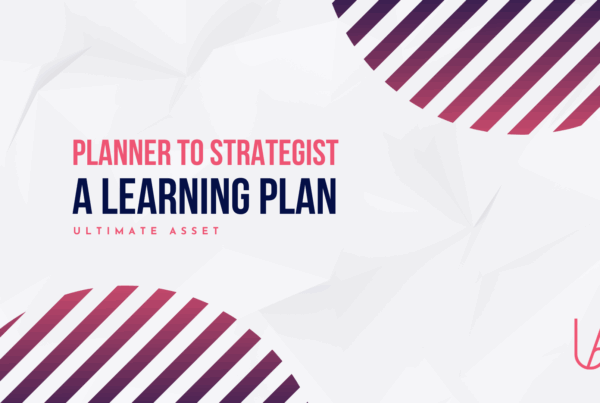In the dynamic world of business, customer acquisition remains a critical factor in achieving sustainable growth and success. As consumer preferences and behaviors evolve, businesses must adapt their strategies to effectively attract and convert new customers. In 2023, several key trends are shaping the customer acquisition landscape, offering insights into how businesses can navigate this evolving terrain.
1. Personalization and Customer Experience: Tailoring Interactions for Lasting Connections
Consumers today demand personalized experiences that cater to their unique needs and preferences. Businesses that excel in personalization are able to forge stronger connections with their customers, fostering loyalty and brand advocacy. By leveraging data analytics and artificial intelligence (AI), businesses can tailor messaging, product recommendations, and overall customer interactions to individual preferences and behaviors.
2. Omnichannel Marketing and Customer Engagement: Seamless Experiences Across All Touchpoints
The modern customer journey spans across multiple channels, from websites and social media to mobile apps and physical stores. Businesses must provide seamless and consistent experiences across all touchpoints to effectively engage customers and drive conversions. Integrating data and adopting a centralized marketing approach can help businesses deliver unified customer experiences that resonate across different channels.
3. Video Content and Influencer Marketing: Capturing Attention and Influencing Decisions
Video content has become an indispensable tool for businesses seeking to engage customers, showcase products, and build brand awareness. With the rise of social media platforms like YouTube, TikTok, and Instagram, video marketing is reaching new heights of effectiveness. Additionally, influencer marketing, where brands partner with influential individuals on social media, is gaining traction as a way to reach targeted audiences and boost customer acquisition.
4. Artificial Intelligence (AI) and Machine Learning (ML) in Marketing: Data-Driven Insights for Strategic Decisions
AI and ML are transforming marketing by enabling businesses to automate tasks, analyze customer data, and make data-driven decisions. These technologies can help identify high-potential customers, personalize marketing campaigns, and optimize customer journeys. By leveraging AI and ML, businesses can gain deeper insights into customer behavior and preferences, leading to more effective customer acquisition strategies.
5. Customer Data Platforms (CDPs) and Customer Relationship Management (CRM): Harnessing Data for Personalized Engagement
Customer Data Platforms (CDPs) and Customer Relationship Management (CRM) systems are essential tools for managing customer data and building strong customer relationships. CDPs collect, organize, and analyze customer data from various sources, providing a holistic view of each customer. CRMs, on the other hand, manage customer interactions, sales pipelines, and customer service workflows. By integrating CDPs and CRMs, businesses can create personalized marketing campaigns, improve customer service, and foster customer loyalty.
6. Account-Based Marketing (ABM) and Strategic Partnerships: Targeted Reach and Expanded Networks
Account-Based Marketing (ABM) focuses on targeted marketing efforts towards high-value accounts, allowing businesses to concentrate their resources on the most profitable customer segments. Strategic partnerships, involving collaborations with complementary businesses, can help expand reach and gain access to new customer segments. By combining ABM and strategic partnerships, businesses can identify and engage with high-potential customers more effectively.
7. Social Commerce and Live Shopping: Interactive Experiences Drive Conversions
Social media platforms have become increasingly integrated into the e-commerce experience. Social commerce allows customers to shop directly from social media platforms, providing a seamless shopping experience. Live shopping events, where brands showcase products and interact with customers in real-time, have gained popularity, creating engaging and interactive opportunities to drive conversions.
8. Voice Search and Conversational Marketing: Adapting to Emerging Technologies
Voice search is becoming more prevalent, with technologies like Google Assistant and Amazon Alexa influencing consumer behavior. Businesses need to optimize their websites and content for voice search queries to ensure they are visible when customers search using voice commands. Conversational marketing, using chatbots and virtual assistants, can provide personalized customer service and support, leading to better customer experiences and increased sales.
9. Customer Advocacy and Referral Programs: Unleashing the Power of Word-of-Mouth
Encouraging existing customers to become brand advocates and refer their friends can be a powerful customer acquisition strategy. Referral programs offer incentives to customers for bringing in new business, creating a cycle of growth. Businesses can leverage customer advocacy programs to tap into the credibility and influence of existing customers, attracting new customers and expanding their reach.
10. Ethical and Sustainable Practices: Aligning Values with Consumer Preferences
Consumers are increasingly conscious of social and environmental responsibility, and businesses must demonstrate ethical and sustainable practices to attract and retain customers who share their values. By adopting ethical sourcing, reducing environmental impact, and supporting social causes, businesses can build a strong reputation and attract customers who align with their values.
By staying ahead of these trends and implementing effective customer acquisition strategies, businesses can attract new




